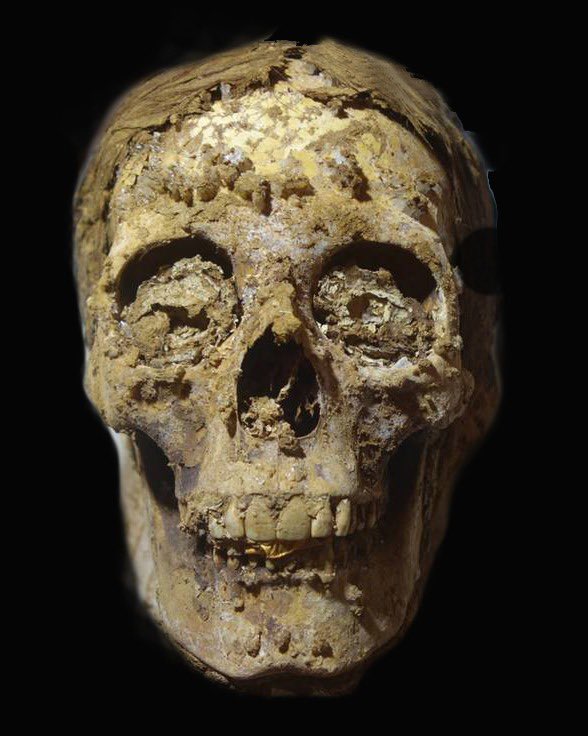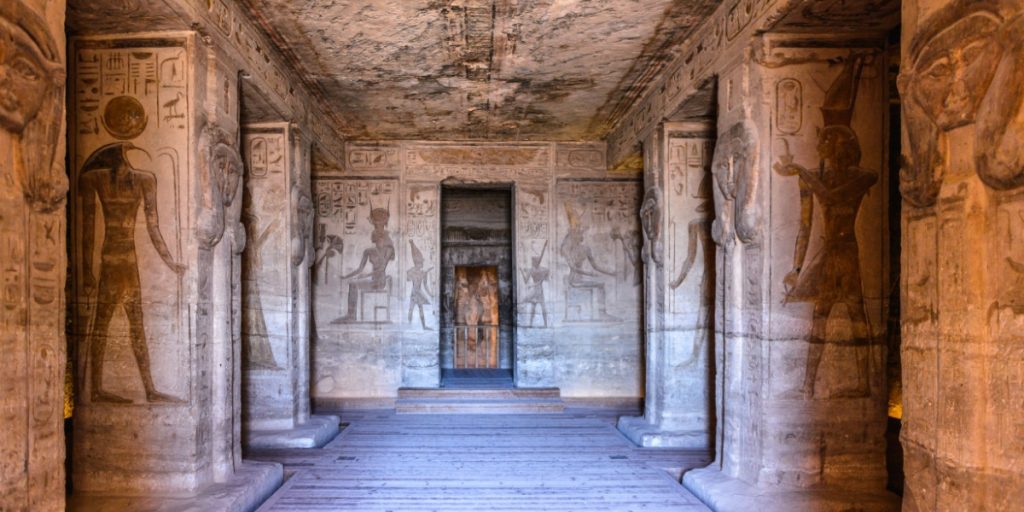Archaeologists have found two ancient tombs containing the remains of unknown individuals with gold tongues.
Others are reading now
Deep beneath the sands of Egypt’s Minya Governorate, a Spanish archaeological team led by the University of Barcelona has made a remarkable discovery: two ancient tombs containing the remains of unknown mummies with gold tongues.
These findings, dating back to the Saite Dynasty (664 BC-525 BC), offer a rare glimpse into the burial customs and spiritual beliefs of this ancient civilization.
According to Egypt’s Ministry of Tourism and Antiquities, the tombs have been untouched for millennia.
Mostafa Waziri, secretary-general of the Supreme Council of Antiquities, estimates the tombs to be 2,500 years old.
Also read
One of the tombs held a limestone coffin with a cover shaped like a woman. Nearby, the remains of an unknown person were also discovered.
Preliminary studies indicate that one of the tombs had been opened and possibly looted in ancient times, while the second remained sealed until now, preserving its secrets for modern archaeologists to uncover.
The mission also unearthed two coffins containing canopic jars, according to Hassan Amer, who oversaw the excavation. One of these jars contained 402 Ushabti figurines made from faience, along with an assortment of small amulets and green beads.

The Mystery of the Golden Tongues
Earlier this year, a similar discovery was made at Taposiris Magna, where a 2,000-year-old mummy with a golden tongue was found.
The Egyptian Ministry of Antiquities explained that embalmers might have placed golden tongues in the mouths of the deceased to ensure they could speak in the afterlife.
If these mummies encountered Osiris, the god of the underworld, they would need to communicate, hence the golden tongues.
But the exact reason behind using gold remains unclear. Why gold, and what significance did it hold?
While some theories suggest that the gold was meant to symbolize eternal life and purity, the exact reasons remain shrouded in mystery.
Could these golden tongues have been a form of status symbol, or did they hold deeper spiritual meaning?
As researchers continue to study these artifacts, they hope to unravel the enigma behind this unique practice.


